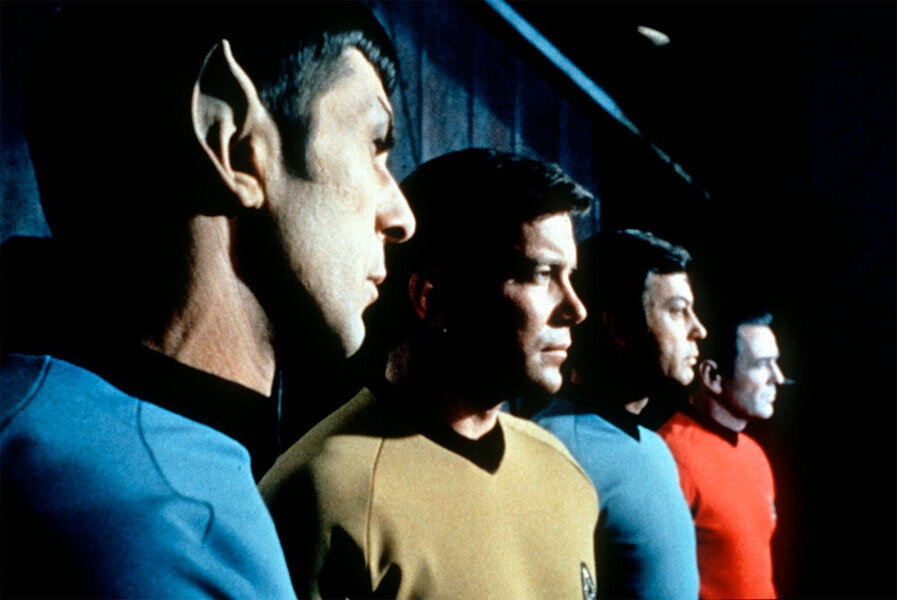Leonard Nimoy: A history of Spock's famous ears
Leonard Nimoy, who died Friday at age 83, was best-known for his role as the logical half-human, half-alien Mr. Spock in the original iteration of the "Star Trek” TV series. Nimoy would go on to appear in multiple “Trek” films, including fan favorite “The Wrath of Khan,” and even direct a couple of installments himself. He also appeared on Broadway and in other TV shows as well as directing films that included the comedy “Three Men and a Baby." Nimoy later returned to the "Star Trek" films for the 2009 movie "Star Trek" and the most recent installment, "Star Trek Into Darkness."
Nimoy likely had the most famous lobes in Hollywood and his pointy Vulcan appendages became a signature – and a nuisance – for the actor. Here are a few facts about those iconic ears.
"Trek" creator Gene Roddenberry was determined to have Nimoy don pointed ears as the Enterprise's chief science officer. It was easier said than done. Before the first episode was filmed, numerous designs of the ears' shape and size were created before he settled on the perfect ears.
Roddenberry promised a reluctant Nimoy that if the pointy ears didn't appeal to the viewing public after the initial episodes of "Trek" that he'd arrange for them to be removed. Instead, the character was a hit, and no such operation was needed.
The early ears were made of foam rubber and had to be glued on every morning and removed every night. The process usually required Nimoy to be in the make-up chair for about 45 minutes each day. However, applying Spock's slanted eyebrows typically took twice as long.
The process was eventually streamlined, and Spock's ears were made of latex and cranked out on an assembly line. Over the years, the lobes and their molds turned up in various celebrity auctions. A pair is on display at the National Museum of American History in Washington, D.C.





